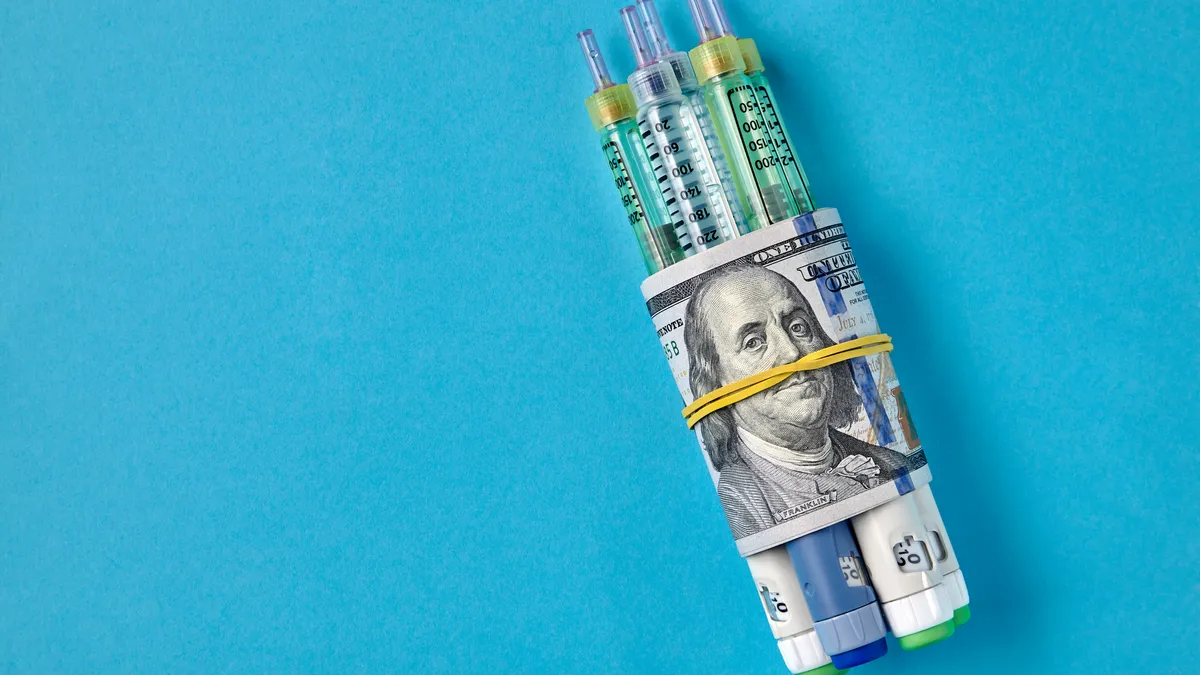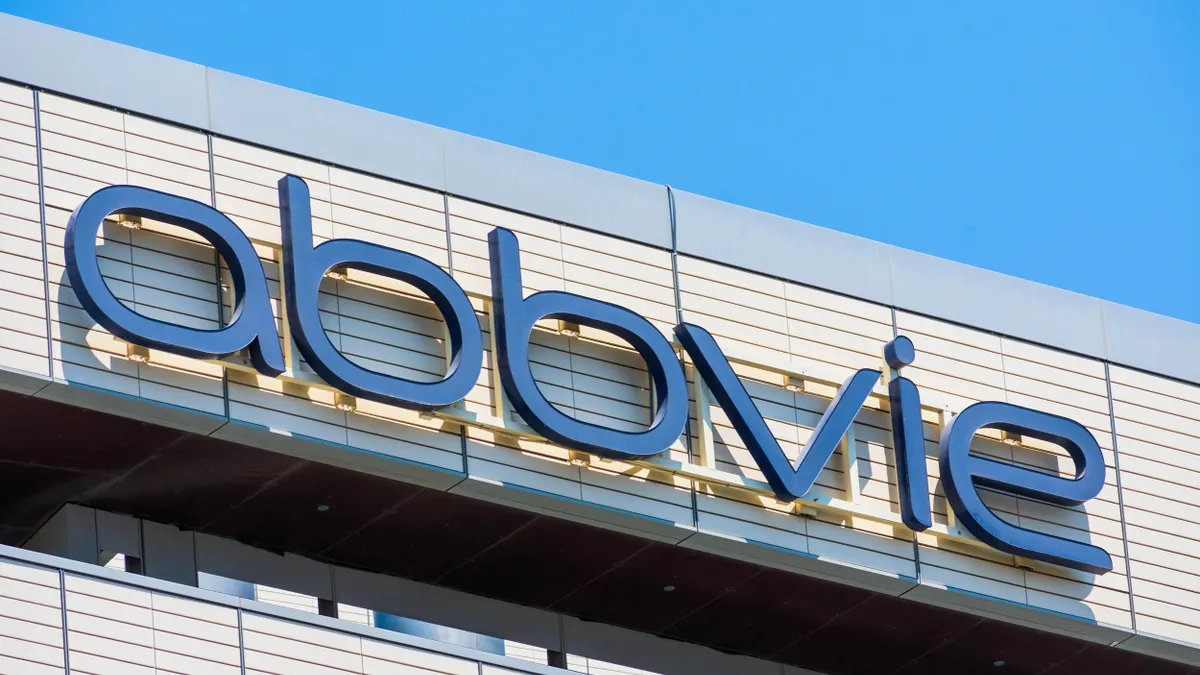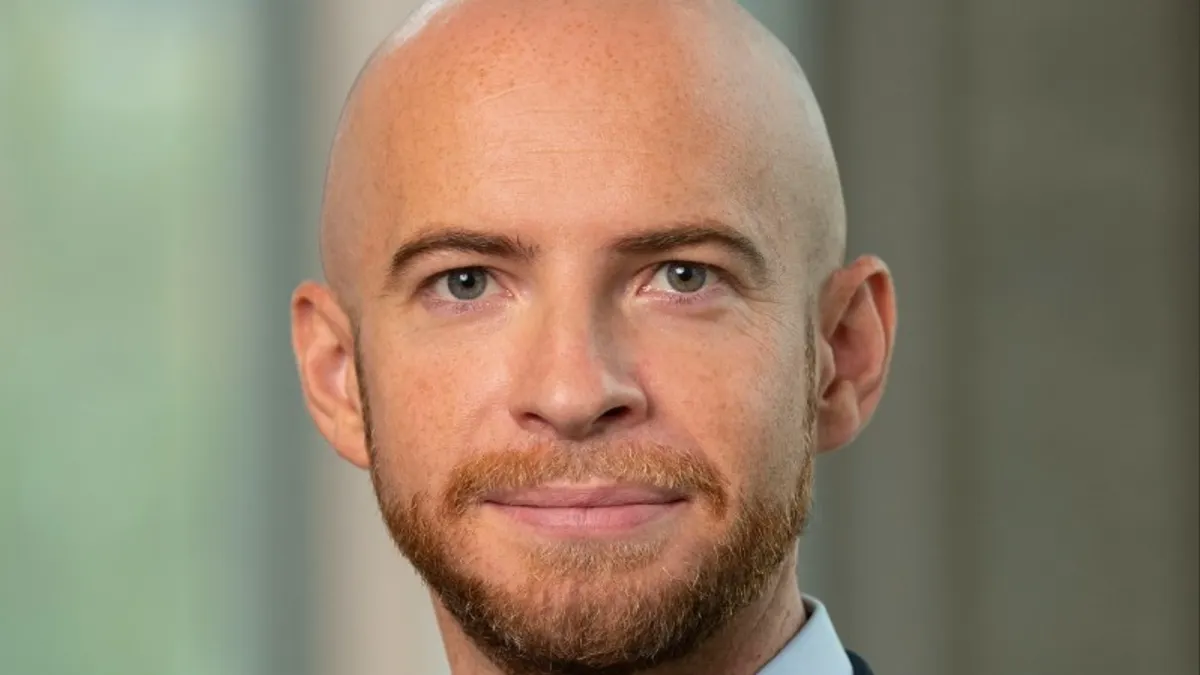When the first gene therapy with a price tag exceeding $1 million hit the market in 2012, the groundbreaking procedure didn’t gain traction with patients. In fact, by mid-2016, it had only been paid for and given to a patient once, according to a report in MIT Technology Review.
Part of the challenge was that the treatment, called Glybera, was approved for an ultra-rare condition with a patient population of around 1 million worldwide. Global regulators and payers also turned their noses up at the gene therapy’s price, and questions over how the healthcare system should handle the cost of a one-and-done treatment took on a sudden sense of urgency.
Despite these early hurdles, the industry kept pushing. According to the Alliance for Regenerative Medicine, 12 gene therapies have now won an FDA approval — and the agency is expected to render seven more decisions in 2023 alone.
With each approval, a new “world’s most expensive drug” is usually crowned. CSL’s gene therapy called Hemgenix became the latest gene therapy to take this title when it was approved in November and given a $3.5 million price tag.
And while the value of these potentially curative treatments is not usually in doubt, debate continues over how the payer system should absorb the costs — a situation that is expected to intensify if and when a gene therapy is approved outside of the rare disease realm and for a condition with a larger patient population. In response, proposals for new payment models are emerging.
Recently, the Centers for Medicare and Medicaid Services (CMS) floated an experimental method that would give the agency authority to organize multistate agreements that link payments to patient outcomes. The CMS is aiming to introduce this new framework officially in 2024 or 2025 as part of a larger initiative within the Inflation Reduction Act to address drug costs, with hopes of launching the agreements by 2026.
These outcomes-based contracts are already being used by some drug companies for a range of medications. And researchers in the field are looking at other approaches as well.
Here’s a look at a few other innovative ideas for structuring payment models.
An outcomes-based contract — with a twist
In January, the U.K.-based Office of Health Economics (OHE), which says it’s the “world’s oldest independent health economics research organization,” announced the results of its first-ever OHE Policy Innovation Prize. Entrants to the contest were posed the question: Can we design a system to generate fair prices that balances access and innovation throughout the lifecycle of medicines?
The inaugural winner, Aidan Hollis, a professor at the University of Calgary, submitted a novel solution that delinks price from the payment for innovation and is similar to outcomes-based agreements. But in Hollis’ model, payers would front a much lower amount for the therapy — similar to the price of a generic drug — and then pay the drug manufacturers more over time.
“This is the way the world is moving — toward these kinds of finance agreements."

Lotte Steuten
Deputy chief executive, OHE
“The manufacturers would receive rewards based on health benefits for a longer period — it could be 10 years, for example. And those rewards would be calculated by how much health gain was delivered,” explained Lotte Steuten, deputy chief executive at OHE. “So there would be a predictable revenue stream for the company, but not the high sticker shock impact when the product is introduced.”
During a recent presentation for drugmakers, Steuten said Hollis’ model was discussed and raised a number of questions from manufacturers. What would the initial price be? How could they be sure they’d be paid back over time? Clearly, Steuten said, there are many aspects of this model that would have to be worked out and it wouldn’t be a great fit for every type of drug. Instead, it could be a “backstop solution” where other models have failed. And, she said, it would likely work best for orphan drugs — including multimillion-dollar gene therapies.
“In that case you have the classic problem of high uncertainty — where you have to decide what to pay for that drug but you would need long-term data to know it is actually a cure,” she said. “That would be a good candidate for this type of solution because that takes away uncertainty and you only have to pay when health outcomes benefit patients.”
The ‘Netflix’ approach
Often referred to as the “Netflix model,” subscription-style approaches have been gaining traction in pharma. In this framework, payers, such as insurance companies, shell out a monthly fee to access medications if and when they need them.
It’s a model designed to delink rewards from volume sold, and could work for a number of different drugs. For example, Steuten and others wrote in an OHE blog post, that this approach was used in Louisiana to pay for hepatitis C treatments. And in 2020, the U.K. became the first country to launch this approach for antibiotics — a segment of the market where innovation has long lagged due to high R&D investments and low market potential.
“If the aggregated global subscription fees are large enough, it should attract companies to invest in antibiotic development by generating a high enough global revenue,” Steuten and others wrote.
According to Steuten, the U.K. tested the approach on two antibiotics for “serious infections resistant to the last line of antibiotics.”
“Both companies participating in the pilot were satisfied with the result, and many experts on antibiotic resistance hailed it as a success in turning health economic theory into practice,” Steuten and others wrote.
In addition to working on lower-cost drugs like antibiotics, Grace Hampson, associate director at OHE, said the approach could help overcome payer challenges with high-cost gene therapies.
“(Payers) would pay a set fee per month and then have access to however much of that gene therapy they need,” Hampson said. “Then there is certainty for the insurer because they don’t have to worry about cash flow.”
Like other models, Hampson explained that there are lingering questions including: What would the monthly fee be? And how could manufacturers be guaranteed they’d recoup costs?
“If the manufacturer is not getting paid at the point of delivery, they have to hold the risk of not receiving those payments. So you might need a third party (such as the government or a financial institution) to finance that in the meantime,” Hampson said.
Still, as the gene therapy industry matures, more of these types of agreements could bubble to the surface in payment negotiations.
“This is the way the world is moving — toward these kinds of finance agreements,” Steuten said.


















